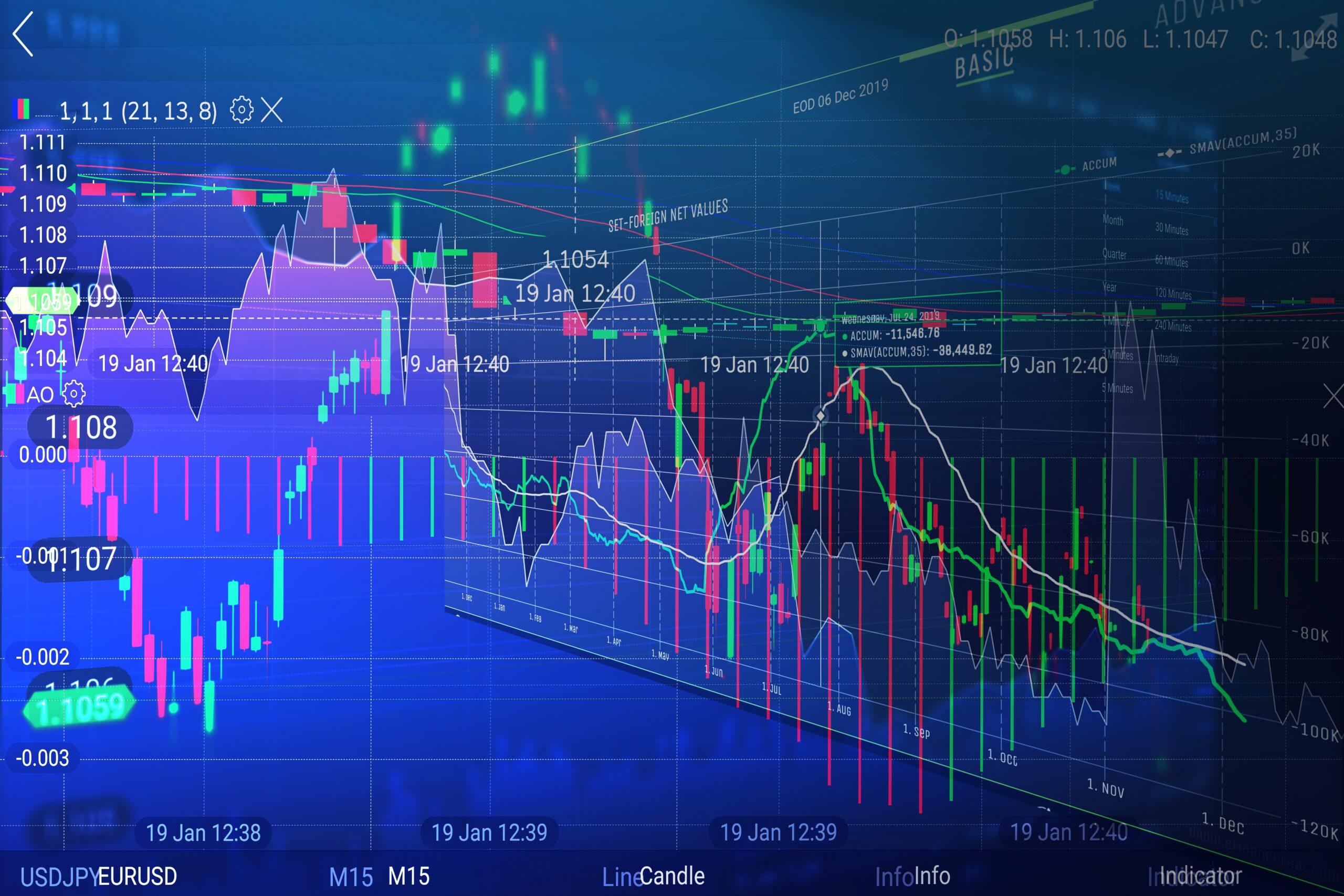The U.S. money market is a huge and significant part of the nation’s financial system in which individual and institutional investors, corporations, government agencies, and others invest their money for short-term goals. The market is also known as the money market mutual fund industry.
The U.S. Treasury estimated that in 2014 the total amount of money held in money market mutual funds totaled $4.7 trillion, representing about one-half of total mutual fund assets. The Federal Reserve found that the total amount of money market mutual funds was $3.4 trillion, which was down slightly from $3.5 trillion in 2015. These numbers must be adjusted for inflation to get the actual purchasing power in today’s dollars, but they do give a good idea of the importance of the U.S. money market to the financial system and economy.
The Money Market Fund Industry
In addition to individual money market mutual funds, the system includes the Federal Reserve System, which is known as the primary dealer community because its members are so important in the money and government securities markets.
The Federal Reserve is a U.S. central bank created by Congress in 1913 to provide the nation with a safer and more flexible monetary and banking system. The Fed serves as the nation’s bank and acts as the lender of last resort as well as issuer of currency for the United States. It regulates the country’s banking system and provides liquidity to the financial system in times of economic crisis.
The Federal Reserve has three main tools for conducting monetary policy: the discount rate, open market operations, and reserve requirements. Through these tools, it can control the nation’s money supply and influence interest rates.
The Federal Reserve also serves as the lender of last resort for the U.S. banking system and for a number of other financial institutions that are members of the primary dealer community. Its discount window is the main source of funding for these institutions, which include banks, thrifts, and government securities brokers and dealers.
The primary dealer community is a network of banks and other financial institutions that participate directly in the U.S. monetary policy process by trading government securities with the Federal Reserve. In 2007, there were about 20 primary dealers, including 16 banks and four securities broker-dealers. Primary dealers are required to bid on a regular basis at the Fed’s auction of U.S. government securities, and they have access to the discount window as a backup funding source.
In addition to the Fed and primary dealers, money market mutual funds are an important part of the money market industry. In fact, as of 2017, there were more than 1,300 money market mutual funds in the United States.
Money Market Mutual Funds
Money market mutual funds are a type of mutual fund that primarily invest in short-term debt securities, which include government treasury bills and notes, commercial paper, certificates of deposit, bank time deposits, and bankers’ acceptances. Other securities such as commercial paper issued by corporations and asset-backed securities may also be included.
Money market mutual funds are classified as either government or retail funds. Government funds invest primarily in federal government-issued securities, such as treasury bills and notes. Retail funds invest primarily in commercial paper issued by corporations.
Although the name suggests that money market funds are similar to bank accounts, money market mutual funds are actually very different. For example, in addition to the fact that they invest in short-term debt instruments, money market mutual funds tend to be more heavily regulated than bank accounts. In addition, they offer a higher yield than a bank account, which is taxable as ordinary income.
Money Market Security Structure
In addition to the above items, there are three different ways that money market securities can be structured:
Unrestricted securities have no maturity date and can be sold at any time. They are a safe investment but they have a lower return.
Restricted securities have a maturity date after which they become redeemable, or the investor can request that they be sold back to the issuer. These have a higher return than unrestricted securities but are still considered safe investments.
Callable securities can be called back by the issuer at any time, and they pay a higher rate of interest than restricted securities.
Money Market Mutual Fund Structure and Operation
Money market mutual funds typically invest in short-term debt securities and maintain a stable $1-per-share price. This is made possible by pledging cash reserves to securities lenders to purchase securities on a daily basis. In addition, the funds sell new shares to investors at a price of $1 per share and redeem old shares for $1 each.
The following is an example of how a money market mutual fund operates:
The fund purchases $1 million of U.S. government securities from the government for $960,000 (10 percent).
The fund sells $1 million of shares to investors for $1 each.
The fund receives $960,000 from investors and repays the U.S. government $1 million.
The fund pays investors $960,000 plus the interest earned on the U.S. government securities.
The fund can now purchase $960,000 of new U.S. government securities from the government with the $960,000 investors just gave it.
The fund has a daily repeat of this cycle.
In order to maintain a stable price, money market mutual funds use a number of valuation techniques. The International Financial Reporting Standards (IFRS) community website has a comprehensive list of examples commonly used in the industry here.
The Bottom Line
Money market mutual funds are an important part of the U.S. financial system. They invest in short-term debt securities, which are usually government-issued securities or commercial paper that is issued by corporations. Money market mutual funds are considered safe investments because they are highly regulated and they usually invest in highly liquid assets.



